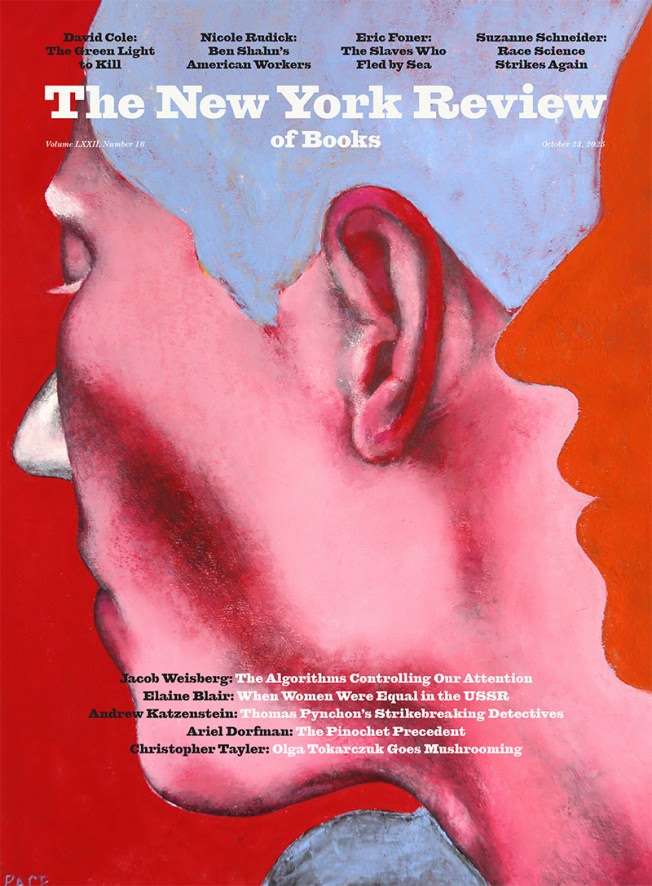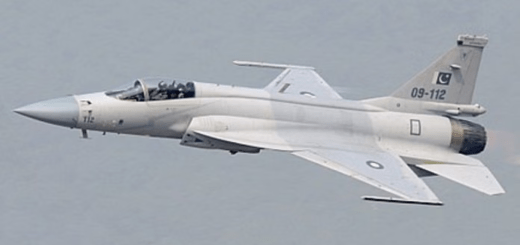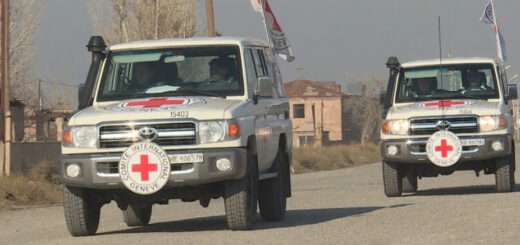Questions of Compression


Peter Balakian and Angie Estes; illustrations by Leah Reena Goren
Reviewed:
T.S. Eliot prophesied it: “I will show you fear in a handful of dust.” In May 2005, when Peter Balakian visited the monument to the victims of the Armenian genocide at Margadeh in the desert of Deir ez-Zor, Syria, he compulsively started filling his pockets with dirt. It was almost inconceivable to him that he was standing on the very spot where thousands of his grandmother’s countrymen were massacred after the death marches from Anatolia in 1915. He had been gripped by this story for a long time. As he tells it in his 1997 memoir, Black Dog of Fate: An American Son Uncovers His Armenian Past, this detective work was slow, uncertain, and wracked with anger. One of his aunts chided him:
What good would it have done you, when you were a boy, to know this?… We had a different kind of relationship with our parents. What was private was private. It’s not like today when everything is discussed by everyone to anyone in any place.
In fact, history was on its way to being conveniently forgotten by the time he started poking around the scars:
Safety and numbing were inseparable in my family’s pathology. The United States was a free place, that is, a place where Armenians with their ancient culture in a suitcase were free from bodily harm. Free to worship, practice business, raise families, make art…. My mother and father in different ways were amnesiac about the past, caught in some twilight of half-acknowledgements.
Balakian’s father, Gerard, was born in Constantinople in 1920; his family had fled the first wave of persecution in the 1890s, then came to the US when he was five. He grew up to be a successful physician in suburban New Jersey. Balakian remembers the move from Teaneck to affluent Tenafly, where they belonged to a country club: “As I come to think on the strange sweetness of our life in suburbia, I think of how easily we joined mainstream America.” Gerard’s sister and her husband lived across the Hudson on the Upper West Side; they hosted literary salons where the starstruck writer-to-be, still a teenager, met William Saroyan and Allen Ginsberg.
But on his mother Arax Aroosian’s side, life hewed a little closer to the immigrant experience: family get-togethers on Christian holidays featured lavish, home-cooked Armenian spreads and visits with the widowed grandmother who embarrassed her eldest grandson with foreign terms of endearment and helpless affection. This grandmother, Nafina, survived deportation in 1915 with her two elder daughters; they made the three-hundred-mile journey on foot, under the reign of terror of Turkish gendarmes, from Diyarbakir in southeast Turkey due south to Deir ez-Zor, a name as riddled with horror for Armenians as Auschwitz is for Jews. Nafina’s husband, the father of her children, did not survive. She wound up remarrying and giving birth to Arax in America after some years in a refugee camp in Aleppo.
Peter Balakian was born in 1951; Nafina died in 1964. He was too young to have questioned her about her life, and this haunts the memoir. He is consumed with guilt when he thinks “of the stories she slipped to me in the odd moments of her daily routines, or the dreams, folktales, and half-repressed images I was privy to during the last six years of her life.” His aunts start filling him in, and the graphic details of what they survived and what his research turned up lead to the writing of his memoir, as well as the best-selling The Burning Tigris: The Armenian Genocide and America’s Response (2003), where he lays out the significance of the atrocity:
The US response to the Armenian crisis, which began in the 1890s and continued into the 1920s, was the first international human rights movement in American history and helped to define the nation’s emerging global identity.
Moreover, what happened to the Armenians was “the template for most of the genocide that followed in the twentieth century.”
Reading Black Dog of Fate is good preparation for New York Trilogy, a volume of poetry that collects three previously published long sequences—No Sign (2022), Ozone Journal (2015), and Ziggurat (2010)—into a single personal epic. (Ozone Journal won the Pulitzer Prize in 2016.) As Balakian writes in his author’s note, “The life and imagination of the persona are impacted by various historical events: the Armenian Genocide, Hiroshima, the Vietnam War, the AIDS epidemic, 9/11, the US war in Iraq, and the geo-climate crisis.” Early in the opening sequence comes the moment when “I once picked Armenian bones out of the dirt.”
Because journalism is the American literary form par excellence, it’s not surprising that journalistic values have colonized swaths of fiction and poetry, mostly since the 1960s—though the 1930s were the heyday of social realist poets like Muriel Rukeyser, Charles Reznikoff, and Vachel Lindsay. At their best, poems responding to the headlines have a satiric or bitter edge, like W.H. Auden’s “September 1, 1939”: “The unmentionable odour of death/Offends the September night.” At worst, they merely echo facts and sentiments we have read elsewhere, which both puts the cart before the horse (what has more reach, a poem or a headline?) and betrays poetry’s figurative powers by stating the literally bleeding obvious.
Balakian, like many in his generation of “witness” poets (Carolyn Forché, Lawrence Joseph), splits the difference between poetry’s compression and journalism’s immediacy:
Women along the roadside in—burqa—
wrapped in black, I thumbed it on my iPhone.Past the massive walls of the Aleppo Citadel,
wrapped in black.I dozed in the throaty dust of Arabic and Armenian
coming off cell phones in the front seat.
It is sometimes hard to distinguish between journalistic terseness and poetic confessionalism:
When the driver stopped for arak at a gas station the color of
pomegranates/smeared plums/Syrian lavender/
I was texting Ani back in Boston—the send-icon spinning nowhere.
The operational mode is the collage, a series of images and phrases, akin to montage in film; the language, we might say, is “clipped.” And as in journalism, the poet reports with little editorializing, letting the images speak for themselves.
Both of the passages I’ve just quoted are stand-alone versets, which are numbered and compose the long sequences of each titled section: “A-Train/Ziggurat/Elegy” and “No Sign” have forty-five versets each; “Ozone Journal” has fifty-four. Each verset is, for the most part, a snapshot. We’re dropped into the scene. There is not a lot of explanation or background; when friends and loved ones are mentioned, their names feel like shards of privacy. Conveyed with equal intimacy, but more immediately grasped, are the references to artists Balakian holds dear:
Everything was tangled up in blue.
Seeping glaze on the Delft jug,liquefaction of the Virgin’s silk
as it spread in Titian’s cobalt
This leads by association to “Miles’s Blue in Green” and “Bill Evans making the rain thin//to a beam of haze before the/horn comes back from under water.”
Raymond Queneau, in his 1947 book Exercises in Style (wherein one banal anecdote is retold a hundred times in a hundred different ways), called this approach “notational,” which may suggest distillation but is not exactly the same thing as compression. Ezra Pound’s famous axiom from ABC of Reading, “dichten=condensare,” equated the German cognate for writing poetry with the Italian for condensation, highlighting the nature of poetry as an almost physical thickening or concentration. But thickening slows language, slows reading. Notational style speeds it up. I found myself skimming Balakian’s poems, as the style seemed to demand:
Etemenaki—tower of Babel/
Babuli: gate to Godchthonic zig zag of hubris
(not far from Ur), at the heart of a great city,echoing the question Prometheus asked:
does God have a right to heaven alone?
Yet while the notational style is speedy, terse, and provisional (as in “the color of/pomegranates/smeared plums/Syrian lavender”—refusing to choose, to compress), it is offset by the range, geographic and chronological, of the book’s subject matter. The final sequence, “No Sign,” is a dialogue poem between an anonymous him and her, Lui and Elle, reimagining the script of Alain Resnais and Marguerite Duras’s Hiroshima mon amour. With Little Boy hovering over them, He and She discuss the K-T mass extinction, Lucretius’s atoms, Pangaea, the sun’s future expansion, and black holes. Toggling between the intimate and the cosmic makes great formal demands on the reader, and while New York Trilogy interested me conceptually, I’m not sure I could say I was deeply moved by it (as I was by, say, Black Dog of Fate): when the speaker wasn’t keeping me at arm’s length, the cosmic drama was keeping me at arm-of-a-spiral-galaxy’s length.
For Queneau, there was no hierarchy among his hundred styles—no matter how outlandish, every approach he demonstrated had its uses. A spectral horror emerges from Balakian’s elliptical notation of those pocketfuls of dirt from Deir ez-Zor.





